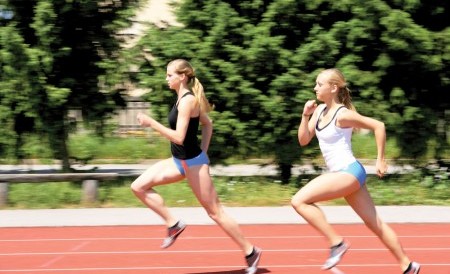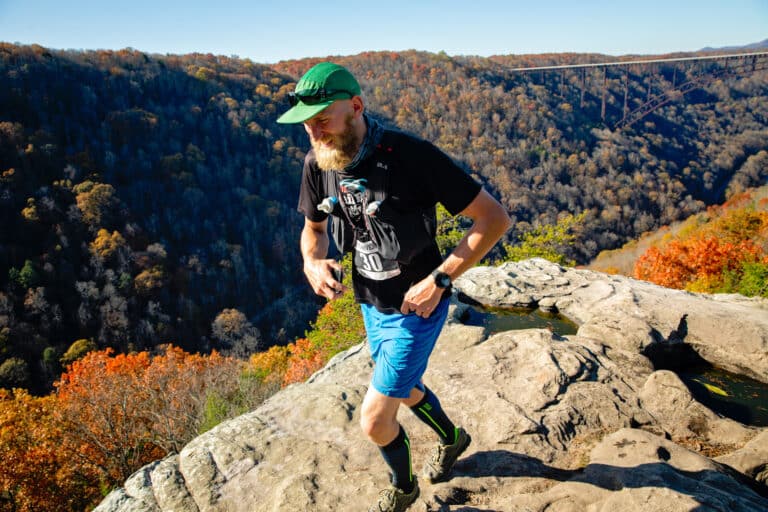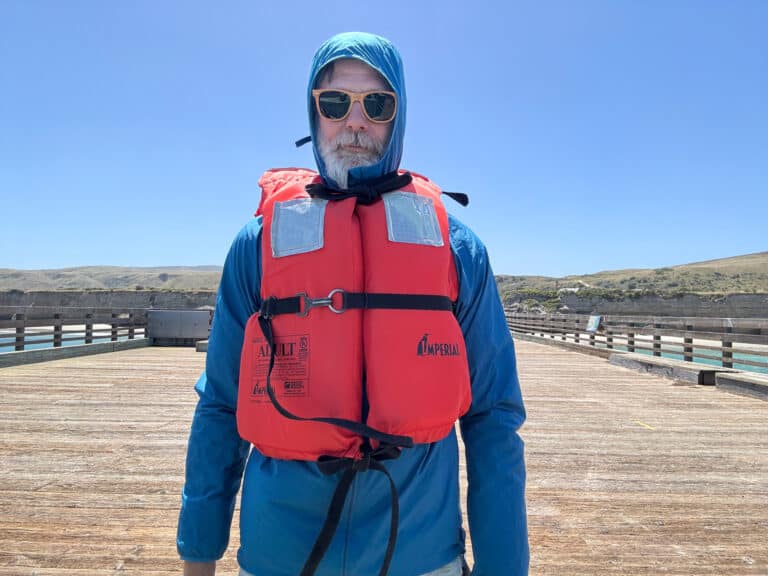It’s 5:30 a.m., and a dozen middle-aged runners are circling the University of Virginia track in Charlottesville. Local running guru Mark Lorenzoni is out there with them, coaching the runners through any number of sprints, intervals, and pace work. Lorenzoni, a lifelong runner with a 59:42 PR at the Virginia Ten Miler under his belt, owns Ragged Mountain Running and has coached thousands of amateur runners through their PR quests. These Wednesday morning speed workouts are an integral element of Lorenzoni’s coaching.
“Most people come to me with a goal that’s a bit of a stretch. Something that’s going to take hard work,” Lorenzoni says. “If you’re just looking to finish a 5K, don’t worry about speed. But if you’re looking to get your 5K PR, you have to start running faster.” Most recreational runners ignore speed training altogether. Instead of sprints, tempo runs, or intervals, we simply run farther, but we might be missing a key element in our training, particularly if we’re interested in setting a personal best.
“If you’re only running for distance, you’re only developing one energy system and ultimately, you’ll limit what your body can do,” says Norman Blair, a professional running coach and owner of Jus Running in Asheville, who coaches regular Tuesday evening track workouts at the University of North Carolina track. “Everyone should be doing speed drills, particularly as you get older. You either use it or you lose it.”
That’s not to say speed should be taken lightly. There are a number of different drills you can incorporate that will help increase your overall speed, but true speed work, which involves short sprints, can be dangerous if done haphazardly.
“Speed kills,” Lorenzoni says. “Speed work can injure you just as quickly as it can help you.”
The key to incorporating speed safely into a running routine, according to both Lorenzoni and Blair, is easing into higher speeds. Never hit the track for “faster” speed work until you’ve spent some time doing “slower” speed work on the roads (see below), and never sprint cold turkey.
“Speed work should be done at the end of a workout so you’re properly warmed up. Otherwise, you’re gonna get hurt,” Blair says.
Here are three different speed workouts you can tailor to your fitness level to help develop a faster 5K time.
1. Beginner Speed Pace Work Lorenzoni uses a weekly three-prong approach to basic speed training. The first run is performed at race distance and race pace. The second run is a shorter distance (two miles if you’re shooting for a 5K PR) at slightly faster than race pace. The third run is longer (seven miles) at slower than race pace. Increasing the pace of your run once a week will help bring down your 5K time while laying the foundation for the faster speed work ahead.








